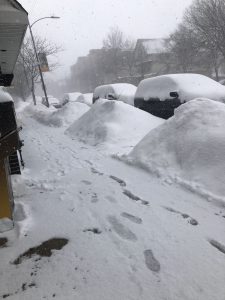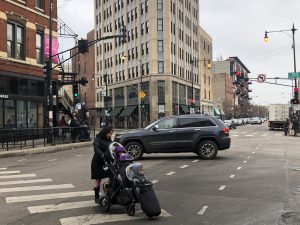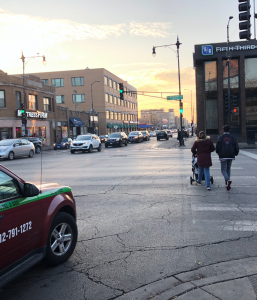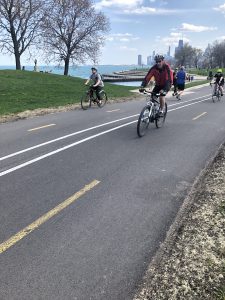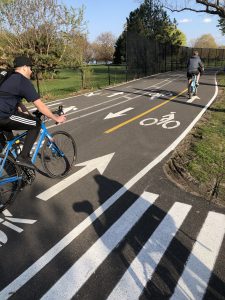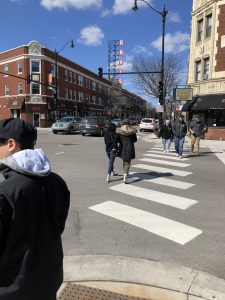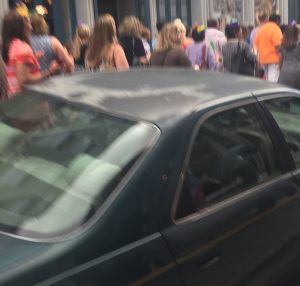 Our personal injury law firm has seen an increase in pedestrian injuries as a result of vehicles turning left and failing to see pedestrians even in a crosswalk. This increase in pedestrian injuries is a result of many factors, including more traffic, larger vehicles with bigger blind spots, and more pedestrians.
Our personal injury law firm has seen an increase in pedestrian injuries as a result of vehicles turning left and failing to see pedestrians even in a crosswalk. This increase in pedestrian injuries is a result of many factors, including more traffic, larger vehicles with bigger blind spots, and more pedestrians.
A recent study from the Institute for Highway Safety found that pedestrian injuries have increased in frequency and fatality, especially in urban and suburban areas. Although many crashes with pedestrians involved cars, fatal crashes involving SUVs increased by 81%, the highest increase of fatalities involving pedestrians than involving any other vehicle. Pedestrian fatalities most often involved crashes with SUVs, vans, or trucks, or other high-powered vehicles. Most incidents resulting in pedestrian fatalities involved vehicles turning left, and were more likely to involve SUVs, vans, or pickup trucks than cars. According to Jessica Cicchino, Vice President of Research, when a pedestrian is killed at an intersection by a vehicle, the vehicle is twice as likely to be a SUV turning left, three times as likely to be a van turning left, and nearly four times to be a pickup truck turning left.
Vehicles manufacturers can make vehicle safer for pedestrians but are slow to implement safety features to decrease such injuries. Vehicles with a front crash prevention system that recognize pedestrians even in low light can be effective to minimize injuries to pedestrians. An analysis that the Institute for Highway Safety conducted on such vehicle detection systems found that Subaru vehicles that had such pedestrian detection system had 35% lower claim rates for pedestrian injuries than without one. Similarly, vehicle equipped with automatic braking that detects pedestrians had 27% less pedestrian crashes than vehicles that did not have such braking technology. Continue reading
 Chicago Accident Lawyer Blog
Chicago Accident Lawyer Blog


